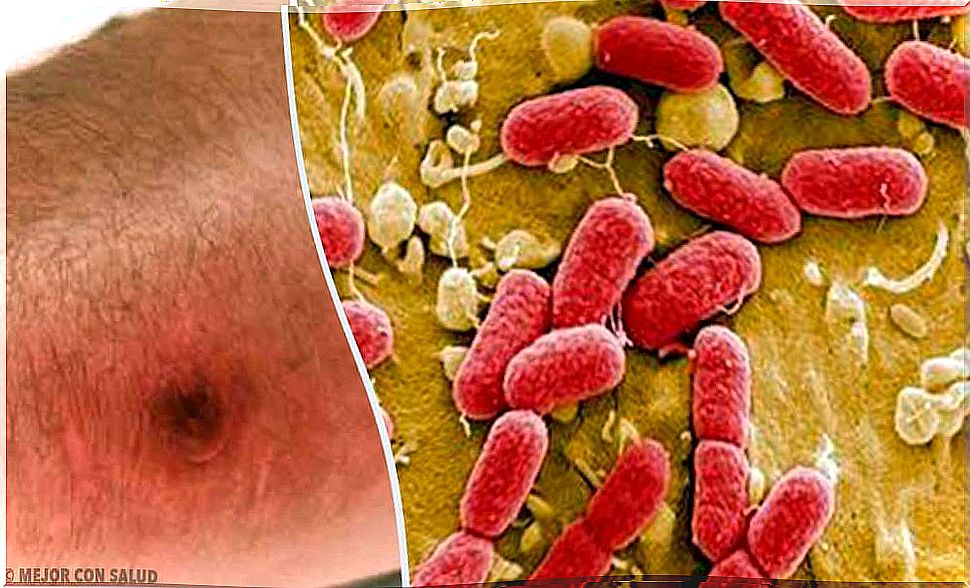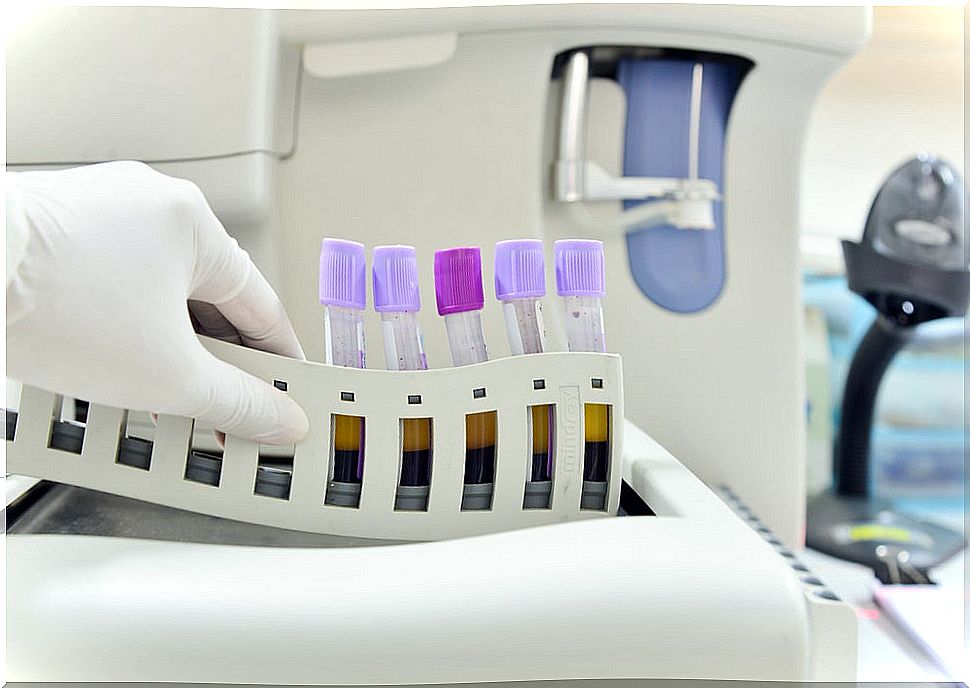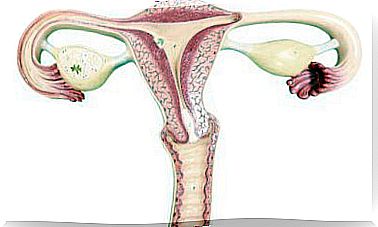Anthrax
Anthrax is not considered a contagious disease, that is, it cannot be contracted like a cold or flu.

Anthrax, Better known as anthrax, it is a bacterial infection that can be transmitted both animals and humans, caused by Bacillus anthracis, It is acquired through contact with sick or dead animals from splenic fever. But also by ingesting contaminated animal products.
The name of the bacteria has its origin in the Greek term to refer to charcoal, due to the ulcers with dark centers that are made on the skin of the affected people. This bacterium produces toxins with debilitating and deadly effects.
Who are the most affected?

The countries whose s veterinary and health services are deficient. The incidence has been observed in countries and regions where there are no vaccination campaigns; namely, they do not take care of the animals and yet they slaughter them to market the meat.
How is it transmitted?
Anthrax can be transmitted from animals to people. However, contagion is not easy. Actually, if precautions are taken when having contact with affected animals and corpses. People can be infected by:
- Contact. Is is a non-fatal skin infection that affects people who handle infected animals or products.
- Inhalation. Is it is highly deadly but rare. The main affected are people who work with wool or the skin of sick animals.
- Digestion. S You get by eating undercooked meat from infected animals. It is less dangerous but can be deadly.
How is it diagnosed?

The way to determine if the patient has anthrax is by testing the blood or other tissues. Cadaveric blood samples contain large numbers of B. anthracis that can be seen under a microscope. Tests such as the polymerase chain reaction (PCR) can also be performed. Specialists grow and isolate the sample in the laboratory.
How does it manifest?
The infection process begins from the moment the spores enter the pulmonary alveoli. These poison the lungs and spread through the peribronchial and mediastinal nodes. Then they reach the bloodstream and meninges.
Then spores phagocytosed by alveolar macrophages multiply, which produce exotoxins and other viral factors. The incubation period is estimated to be around 10 days; However, there are cases in which it takes you ta 6 weeks.
Symptoms
Symptoms can appear in two phases, after five days of incubation the affected person experiences:
- Weakness.
- Fever of 38 ° C.
- Muscle pain.
- Headache.
- General discomfort.
- Non-productive cough.
- Chest tightness.
Subsequently, the acute toxicity phase develops, in which the following occurs:
- Fever of 38.9 ° C.
- Profuse sweating
- Subcutaneous swelling.
- Difficulty breathing.
- Blue discoloration of the skin.
- Signs of attack on the general state.
- Accelerated pulse and respiratory rate.
Anthrax treatment
It is recommended to apply doxycycline or ciprofloxacin for 6 weeks or more. However, there is also the absorbed anthrax vaccine (AAV) with aluminum hydroxide. It contains a protective antigen obtained from Bacillus anthracis Strain Sterne.
Patients are given a 0.5 ml dose subcutaneously. Subsequently, a dose is given again at 4 weeks and at 6, 12 and 18 months to reinforce. Research and testing is ongoing today to create a safer and more powerful vaccine.
Precautionary measures
Regardless of antibiotic treatments and immunization, specific procedures need to be followed to control and prevent the spread of anthrax. For example:
- Be careful when disposing of corpses (they should not be left open because spores are formed when interacting with oxygen ).
- Infected animals should be quarantined until the rest have been vaccinated and the carcasses disposed of. Either by incineration or burial with lime.
- It is important to periodically clean and disinfect the area in which the animals are raised.
- Finally, you have to consume products from certified places.
Summarizing…
Anthrax is a bacterial infection caused by the microorganism Bacillus anthracis. Although many cases are acquired by contact with sick animals, it can also occur by ingesting animal products contaminated with the bacteria.
Symptoms of the infection are varied and can include a high fever, excessive sweating, and breathing difficulties. Therefore, it is essential to seek medical attention and follow treatment. Likewise, it is convenient to reduce the risk through preventive measures.








